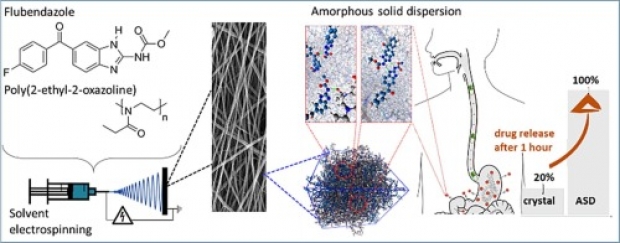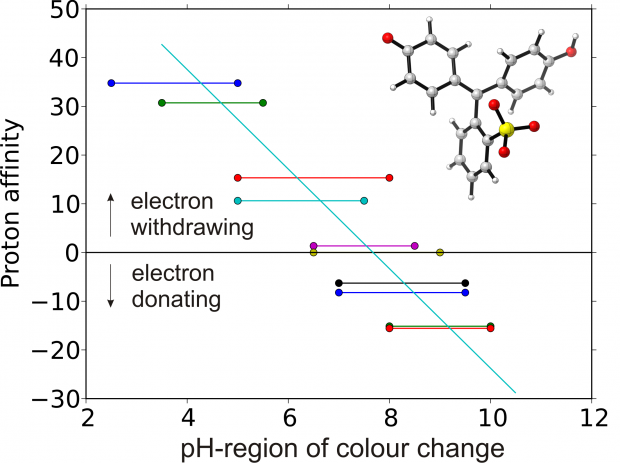Analysing the potential of the selective dissolution of elastane from mixed fiber textile waste
Abstract
Textile products are composed of various blends of synthetic or natural polymers. Elastane increases the functionality during use phase, but impedes high quality recycling. This study investigates the selective chemical dissolution of elastane from blended textile. Hansen solubility parameters and COSMO-RS were applied for solvent screening. The most recommended biobased solvents were experimentally validated with polyester, polyamide, cotton, wool and elastane for which solubility limits were determined and hence, their selectivity towards elastane dissolution. A TGA-corrected gravimetric method was developed as quantification tool and showed that tetrahydrofurfuryl alcohol and ɣ-valerolactone have comparable elastane dissolution capabilities to classical solvents (5 mg elastane/g solvent). Polyester/elastane and polyamide/elastane blends were subjected to this process as case studies. The LCA study showed that this selective solvent-based dissolution process saves 60% CO2-eq./kg textile waste compared to incineration. This interdisciplinary work can set the benchmark for further developing and upscaling physical/dissolution recycling processes for blended textiles.


 Open Access version available at
Open Access version available at 